An Interview with Mary Robinette Kowal
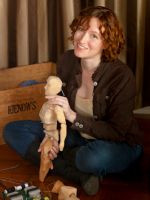 Mary Robinette Kowal is the author of Shades of Milk and Honey
Mary Robinette Kowal is the author of Shades of Milk and Honey (Tor 2010), the fantasy novel that Jane Austen might have written. I first learned of Mary from the audio recordings she made for stories by Kage Baker, Cory Doctorow and John Scalzi. When I found out that she had won the Campbell Award for Best New Writer in 2008, I went looking for her stories and came across “Evil Robot Monkey.” It is one of the best short short or ‘flash fiction’ stories I have read. I was not surprised when it was nominated for the Hugo in 2009. Her stories have appeared in Strange Horizons, Asimov’s, and several Year’s Best anthologies as well as her short story collection, Scenting the Dark
, from Subterranean Press.
And writing is a second career! Mary is a professional puppeteer and voice actor and she has performed for LazyTown (CBS), the Center for Puppetry Arts, Jim Henson Pictures and founded Other Hand Productions. Her designs have won two UNIMA-USA Citations of Excellence, the highest award an American puppeteer can achieve. Not a bad day job.
Earlier this year I listened to Mary’s story, “First Flight”, at Tor.com. As an American History teacher and science fiction guy this story about the Wright Brothers and time travel was right in my wheelhouse. I sent her a message and she was, of course, very gracious. She subsequently submitted “Salt of the Earth” to Redstone SF. It is an excellent story that we are excited to publish. This month she took time out of her busy book promotion schedule to answer a few questions. I think we got some excellent insights from her. Take a look.
Professional puppeteer and award-winning speculative fiction writer may be one of the most fun career descriptions ever. What led you to take up writing speculative fiction in the midst of your puppetry career?
My brother moved to China with his family and I was desperate for a way to keep in touch with my niece and nephew. I used to read them bedtime stories, but that wasn’t an option overseas at the time so I started writing an email serial. It reminded me that I used to love writing so I started looking into what to do with novels and short stories and somehow wound up here.
So many of your stories have such a personal feel and draw upon strong, often unspoken emotions. What do you think are the keys for drawing readers into the worlds of one’s stories?
As a writer, I try to write things that I would want to read, so let me answer that from a readers perspective. The stories that I respond best to are ones in which the main character cares deeply about something and is forced to make a choice between their plot goal and the person or thing that they care about. When a writer takes the time to show me that choice it can be heart-breaking. I respond well to stories with sensory details in which the details tell me more about what the character is thinking and feeling at the moment.
“Evil Robot Monkey”, which was a finalist for the Hugo in 2009, was quite effective at evoking strong emotions, (especially for me). How did that story come about and what are your thoughts on the response to it?
Funny story there… When I was art director at Shimmer magazine, we had a running gag among the staff about “Harry Potter and the Evil Robot Monkeys.” The editor-in-chief and I also participated in an online writing group Liberty Hall, which does flash fiction challenges. You get a trigger and then have a hour and a half to write a story. I decided that no matter what the trigger was that I’d title the story “Harry Potter and the Evil Robot Monkeys.” You will note that the story is about Sly, an uplifted chimpanzee who loves pottery… a hairy potter who is a “robot monkey.” (And yes, I know chimps aren’t monkeys.)
Basically what I do when I’m writing a story like this is I figure out who my character is — Uplifted Chimpanzee — and what they want — to make pottery — then I figure out why they love the thing they are doing. After that, I systematically deny them the ability to do it.
My thoughts on the response to it are a mixture of delight and bafflement. Delight because I’m happy it reached people and well… Hugo nomination! Bafflement because it started as a joke that I wrote in ninety minutes and well… Hugo nomination!
Writers often complain that endings are hard, but your short story with us this month, “Salt of the Earth”, has such an excellent, shocking ending. What do you find that is difficult and different about writing fiction?
Interesting trivia here: I wrote Salt of the Earth at Orson Scott Card’s Boot Camp. When I went into the camp he asked us all what we wanted from the camp. I said that I wanted to learn how to plot. I felt that I could back into a good story but that I tended to write stories with really good beginnings and really good endings to a different story. This was the first one where I felt that I wrote a complete story on purpose.
For me, the difference comes in remembering two things: 1) what my character wants at the beginning and 2) what the major question at the beginning is. If I keep those in mind when I get to the end, then I can usually wrap things up. The difficulty sometimes arises that a more interesting question will sometimes pop up in the middle of the story. When that happens, I find that if I can go back and add it to the beginning third of the story that I often don’t have to change anything else to still have a satisfying ending.
Your first novel, Shades of Milk and Honey, has just been released by Tor Books. Jane Austen and magic sounds like a winning combination. What would you like speculative fiction readers to know about this book?
One of the things that I was interested in was what sort of things would happen with a magic that everyone has. If it was a quiet magic that one couldn’t use to take over the world, how would it affect people’s lives? To explore that, the book stays with a really tight focus on a single family and their neighbors. In the second book, Glamour in Glass (2012), I take my heroine into Napoleonic France and we get to explore the larger world and have a wee bit of swash-buckling fun but, for the first book, I wanted it to be an intimate family drama.
You seem to stay so incredibly busy. What future endeavors should we know about?
I’m designing the puppets for a production of Neil Gaiman’s Odd and the Frost Giants which will open in May, 2011.
We wish you much success and thank you for making some time for us here at Redstone Science Fiction.







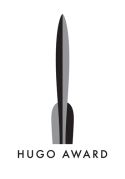
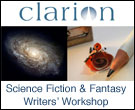



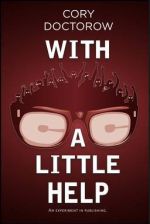
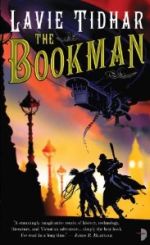
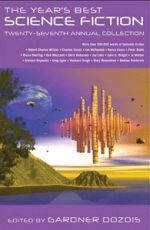
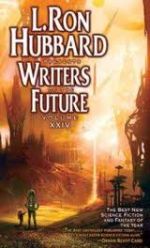
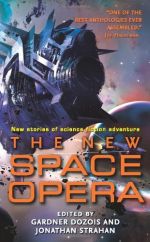
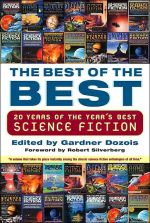
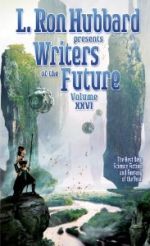
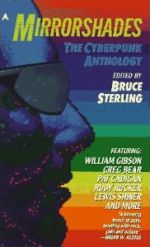
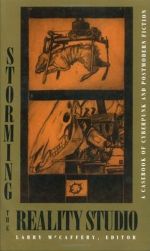
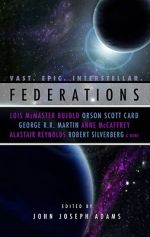
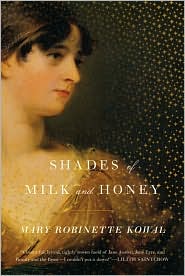

3 comments
[…] An Interview with Mary Robinette Kowal by Michael […]
[…] This post was mentioned on Twitter by Mary Robinette Kowal, fabiofernandes, fabiofernandes, Michael Ray – Editor, Michael Ray – Editor and others. Michael Ray – Editor said: @MaryRobinette Our interview is up your answers are great. http://redstonesciencefiction.com/2010/09/interview-mary-robinette-kowal/ […]
[…] this very personal SF drama punched me right in the gut. We were also lucky enough to ask Ms. Kowal few interview questions. Her answers provide an excellent insight into her writing […]